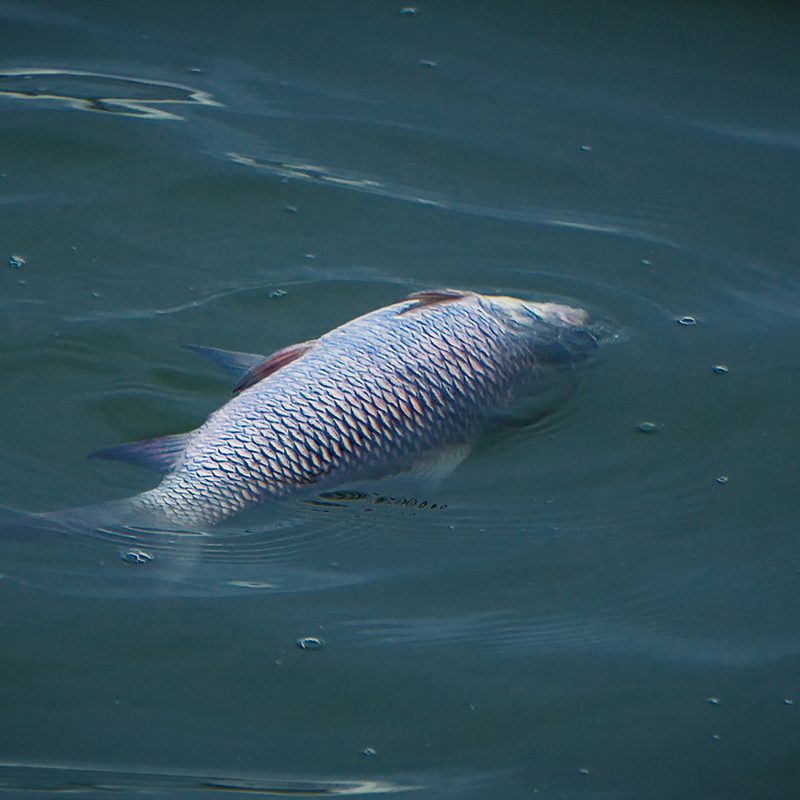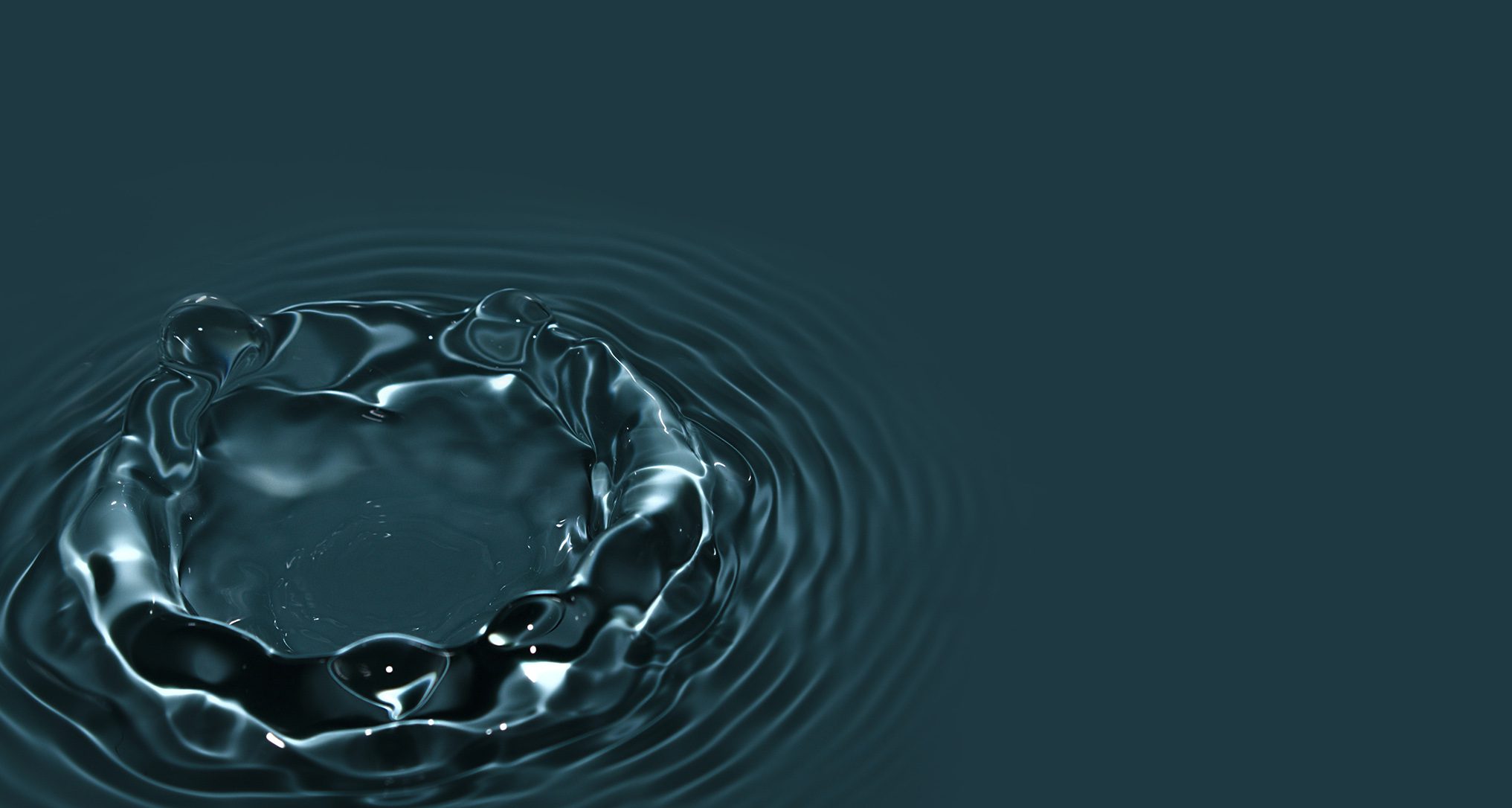Are you concerned about the quality of the drinking water in your neighborhood? With growing concerns around water pollution, you may wonder what could lurk beneath the surface of even supposedly clean-sourced waters. One point to consider is vinyl chloride – a chemical compound associated with environmental damage, increased health risk, and other safety issues.
While not as widely discussed as some other contaminants, it’s still important to understand how this substance can make its way into our water resources and present a hazard if we don’t take steps to keep ourselves safe. Bottleless Nation isn’t just on a mission to reduce our society’s dependency on plastic bottles and jugs, but also to promote healthier, safer drinking water for communities around the country.
What is Vinyl Chloride?
Vinyl Chloride is a volatile, flammable, and colorless inorganic gas used primarily in producing vinyl polymers. Vinyl chloride is an important industrial material widely used to make various essential plastic materials.
It has a sweet smell and can be found in many forms, such as liquefied compressed gas or solid vinyl chloride monomer. The World Health Organization has a useful fact sheet on vinyl chloride, and the Center for Disease Control also has a pocket guide to chemical hazards here.

How is Vinyl Chloride Used?
Vinyl chloride is mostly known as the primary production material of polyvinyl chloride (PVC) plastics. Still, vinyl chloride can also be used in creating vinyl records, packaging materials, pipe systems, and wire cable insulation, just to name a few. Vinyl chloride is made by combining ethylene with chlorine gas or manufacturing vinyl acetate.
The vinyl acetate production method has become popular in recent years because it is less harmful to environmental health than conventional methods. Additionally, vinyl chloride monomer can be combined with additives and stabilizers to create different types of plastic that may be better suited for a particular environment or purpose.
Ways Vinyl Chloride Affects Health
Unfortunately, vinyl chloride can cause serious health problems when people are exposed to it at high levels. It has been classified as a Group A human carcinogen, posing a big risk of causing cancer. Prolonged vinyl chloride exposure through inhalation or consumption through water sources has been linked to an increased incidence of liver cancer, brain cancer, bone sarcomas, and angiosarcomas in humans.
Other health issues of vinyl chloride include nervous system damage, impaired kidney functioning, dizziness, drowsiness, and nausea. So, it’s clear that everyone needs to be aware of vinyl chloride exposure risks so they can take precautions when necessary.
Harmful Effects of Vinyl Chloride
The possible vinyl chloride exposure due to the derailment of a train filled with hazardous materials near East Palestine, OH, on February 3, 2023, has become an alarming wake-up call for residents. Following the controlled fire of the spilled chemicals, Becky Sullivan from National Public Radio reported that residents experienced strong smells, headaches, and nausea. This led officials to evacuate the area within a one-by-two-mile radius which straddles the state lines of Indiana and Ohio.
Unfortunately, some contaminants from this vinyl chloride exposure did find their way into the Ohio River. Still, containment measures were implemented by Ohio EPA director Anne Vogel to ensure that drinking water wouldn’t be affected. While human and wildlife impact has been a main topic of discussion, social media has exploded with residents releasing videos of filmy water and hundreds of dead fish along the river beds near the town.

What to do If there is Vinyl Chloride in Your Drinking Water
Inhaling or consuming vinyl chloride can cause serious health problems, so it’s important to find out if this potentially toxic chemical is present in your drinking water and learn how to protect yourself and your family best.
Install a Reverse Osmosis System
These systems are designed to remove organic and inorganic contaminants from your drinking water, including vinyl chloride. Reverse osmosis filters use semipermeable membranes as physical barriers, preventing these particles from entering your family’s tap water. In addition, these systems often feature a selection of certified replacement filters that can help maintain optimal performance for years to come.
Activated Carbon Absorption
Activated carbon can be used on various dissolved organic contaminants in the water. It can also reduce mildew and algae by removing chlorine from the water before it enters your home. Activated carbon absorption is also cost-effective and can simultaneously filter out large quantities of harmful substances.
UV Photolysis
One of the most effective methods is UV photolysis. This process uses ultraviolet light to break apart molecules into smaller pieces that don’t cause any harm to the environment or your health. The most efficient way to use UV photolysis is by ensuring the flow rate of the water is consistent so that all contaminants are exposed. Once done, a charcoal filter should be used to catch and eliminate any remaining molecules for safe drinking water quality.
Distillation
Distillation involves heating the water to just below its boiling point, turning it into vapor, and rising. As the vapor cools, it condenses into a liquid state, trapping many toxic contaminants and leaving them behind as sediment. The contaminant-free liquid drips into a collection area as purified water is ready to drink.
Keep Vinyl Chloride Out of Your Water
Although vinyl chloride is invaluable for countless industrial applications, it is important to understand the potentially harmful consequences of exposure to this material. Take action today by watching local news updates about contaminated drinking water in your area, testing your own water supply, consulting a local expert when necessary, and making lifestyle changes that reduce your use of single-use plastics and other sources of vinyl chloride contamination.
To learn more about joining the Bottleless Nation mission in reducing the impact of plastics and the chemicals used to produce plastics, come check us out on Facebook, Instagram, and LinkedIn.
Are you a bottleless water cooler dealer looking to grow your company with heart, health, and impact? Then contact us today to join Bottleless Nation!
Photo by Kai Dahms on Unsplash
Photo by Pawel Czerwinski on Unsplash
Photo by Tien Vu Ngoc on Unsplash

